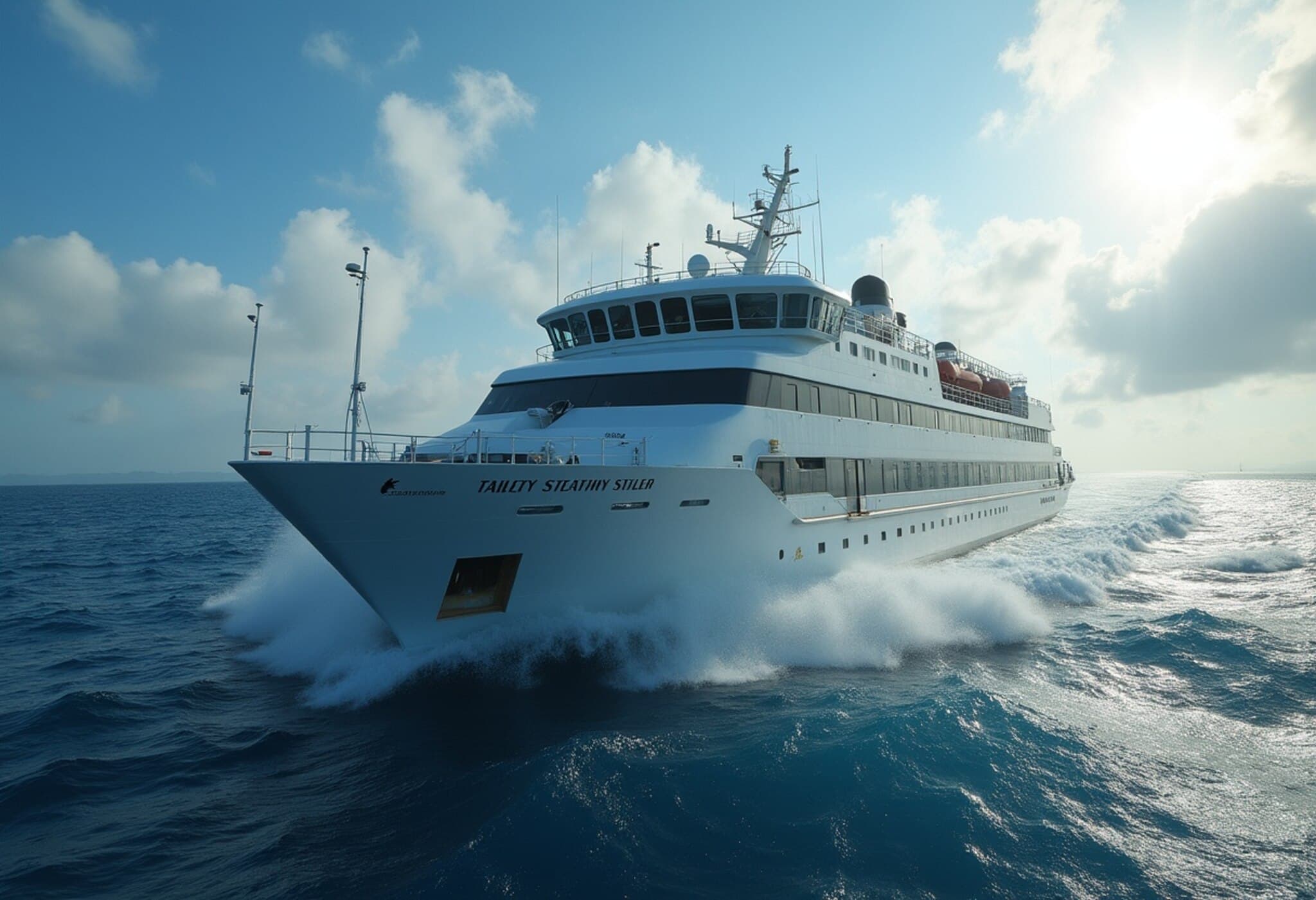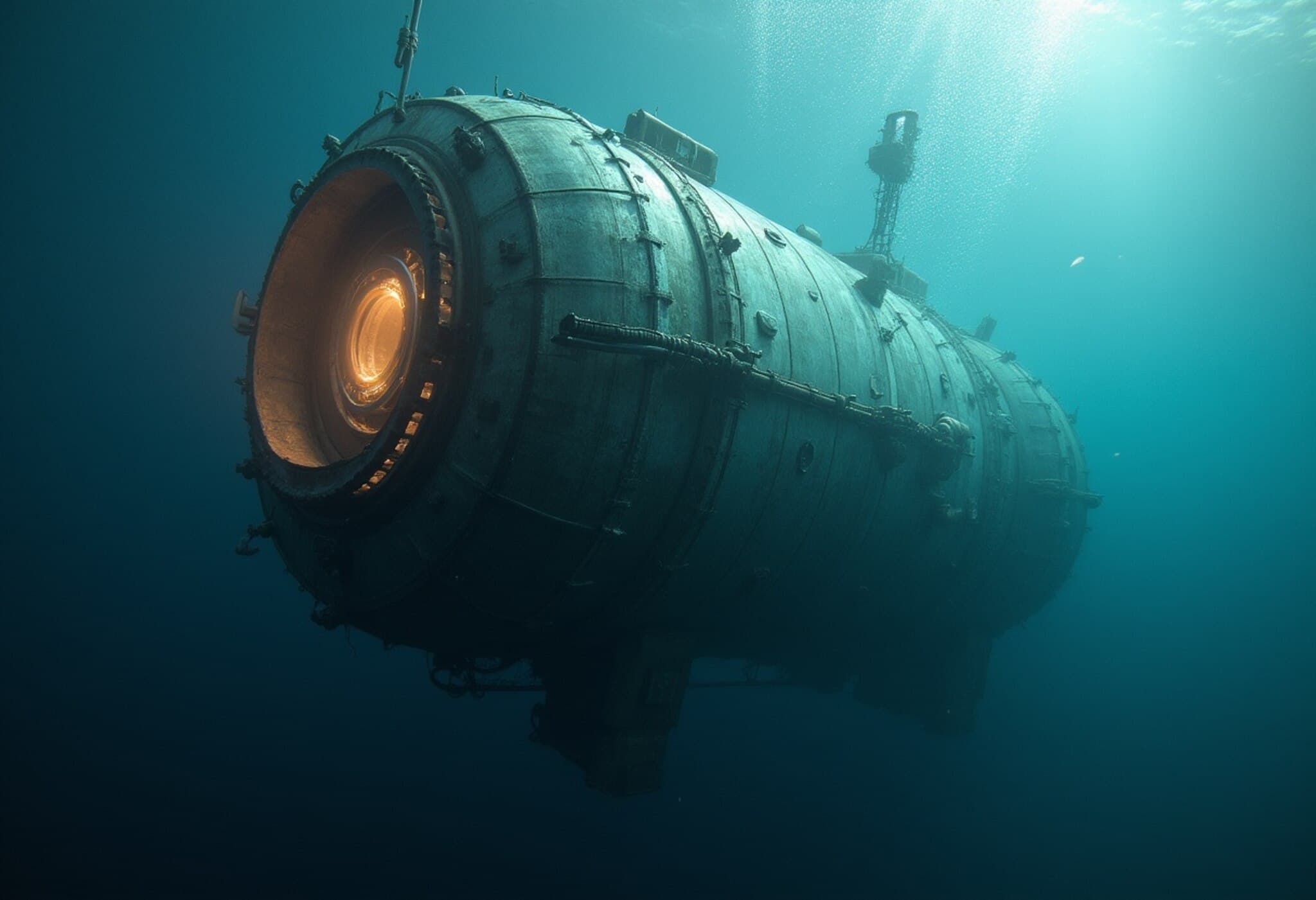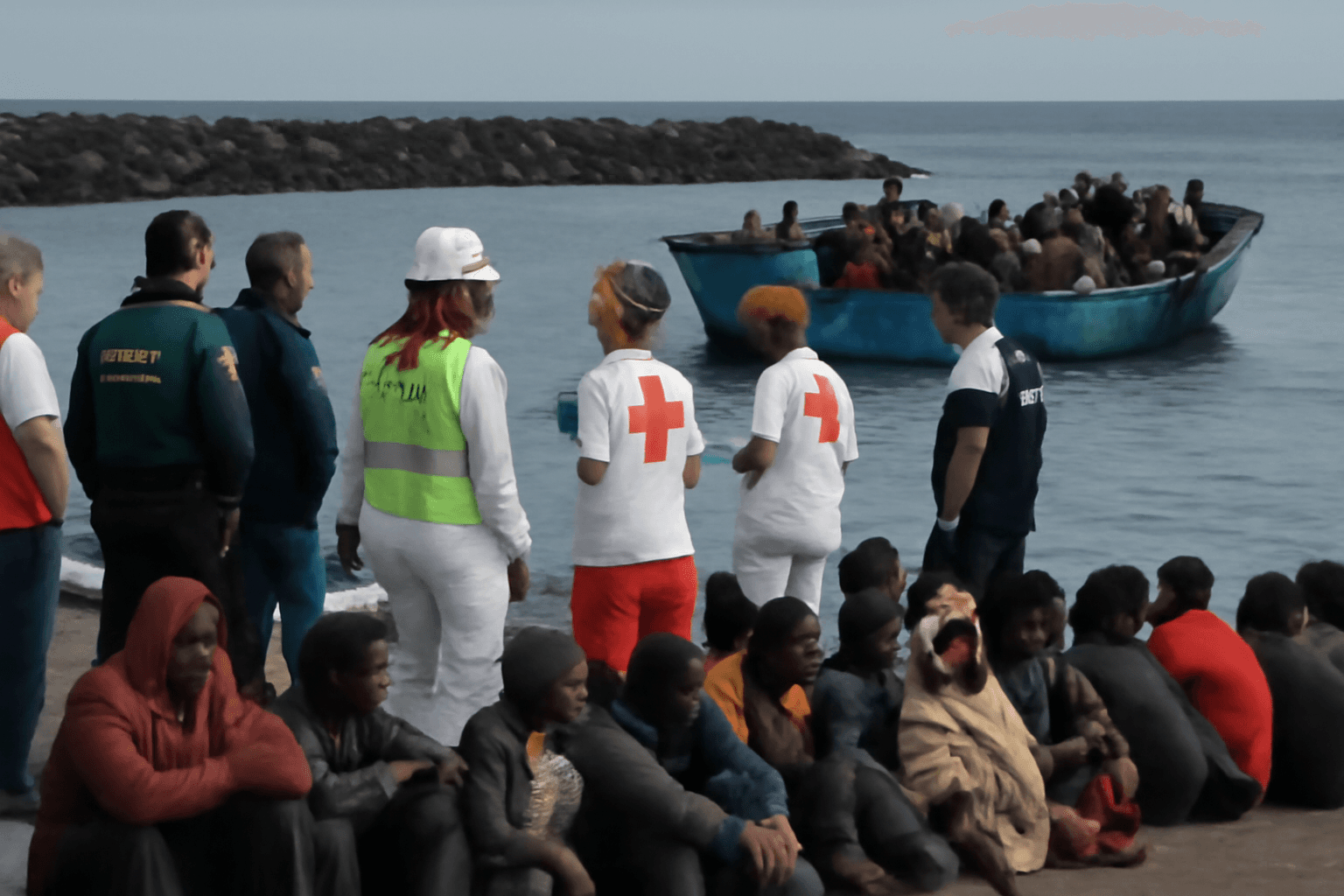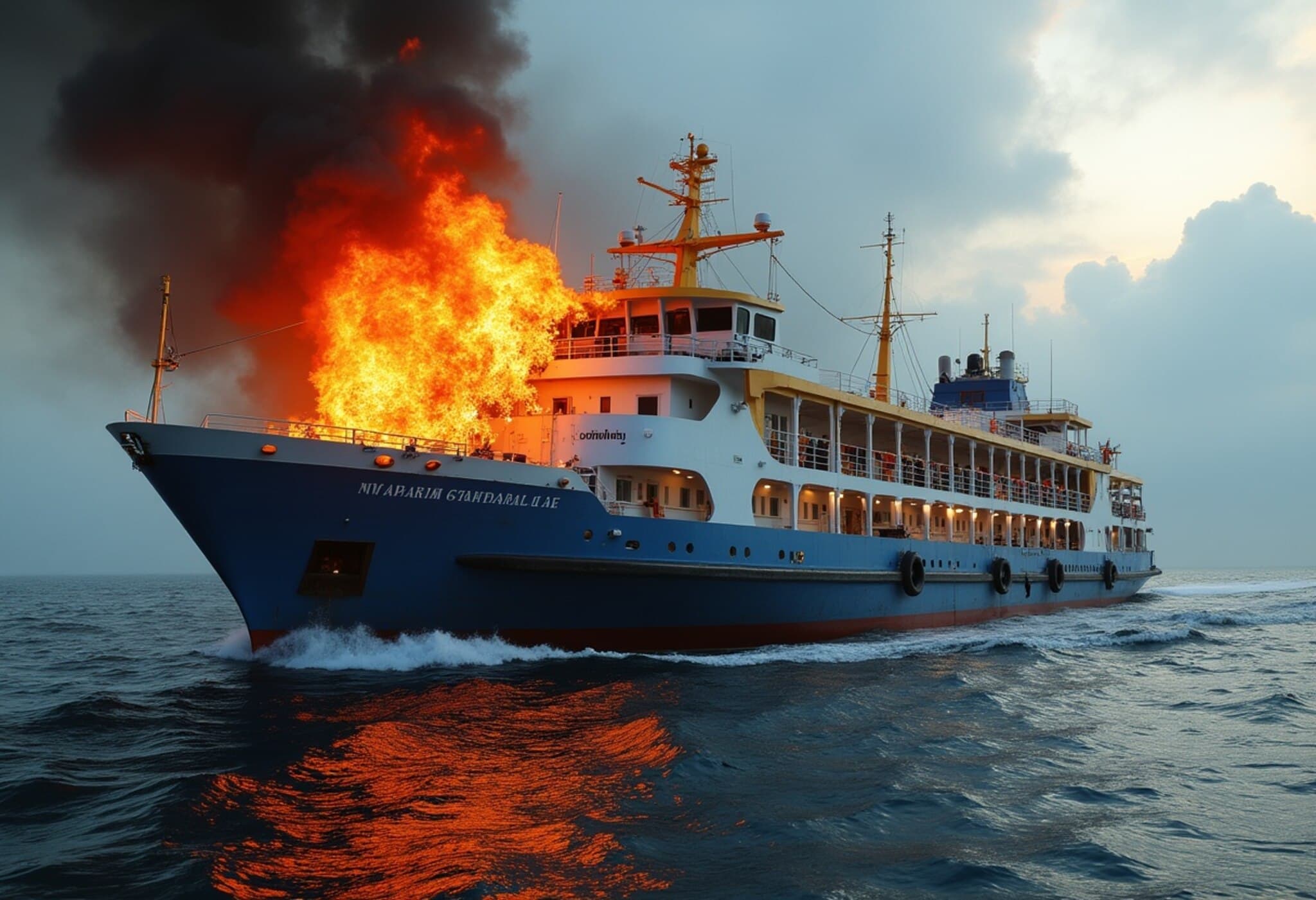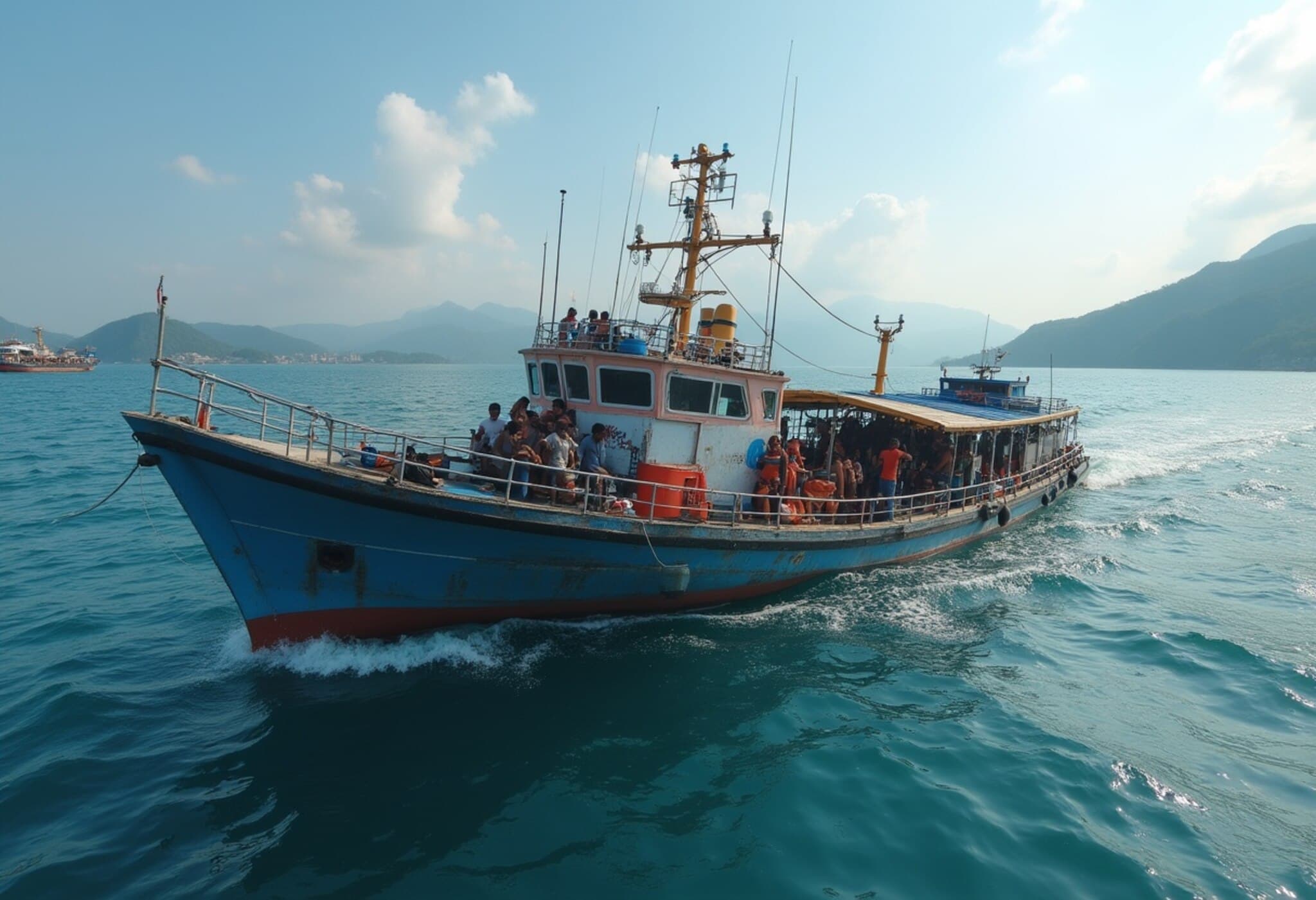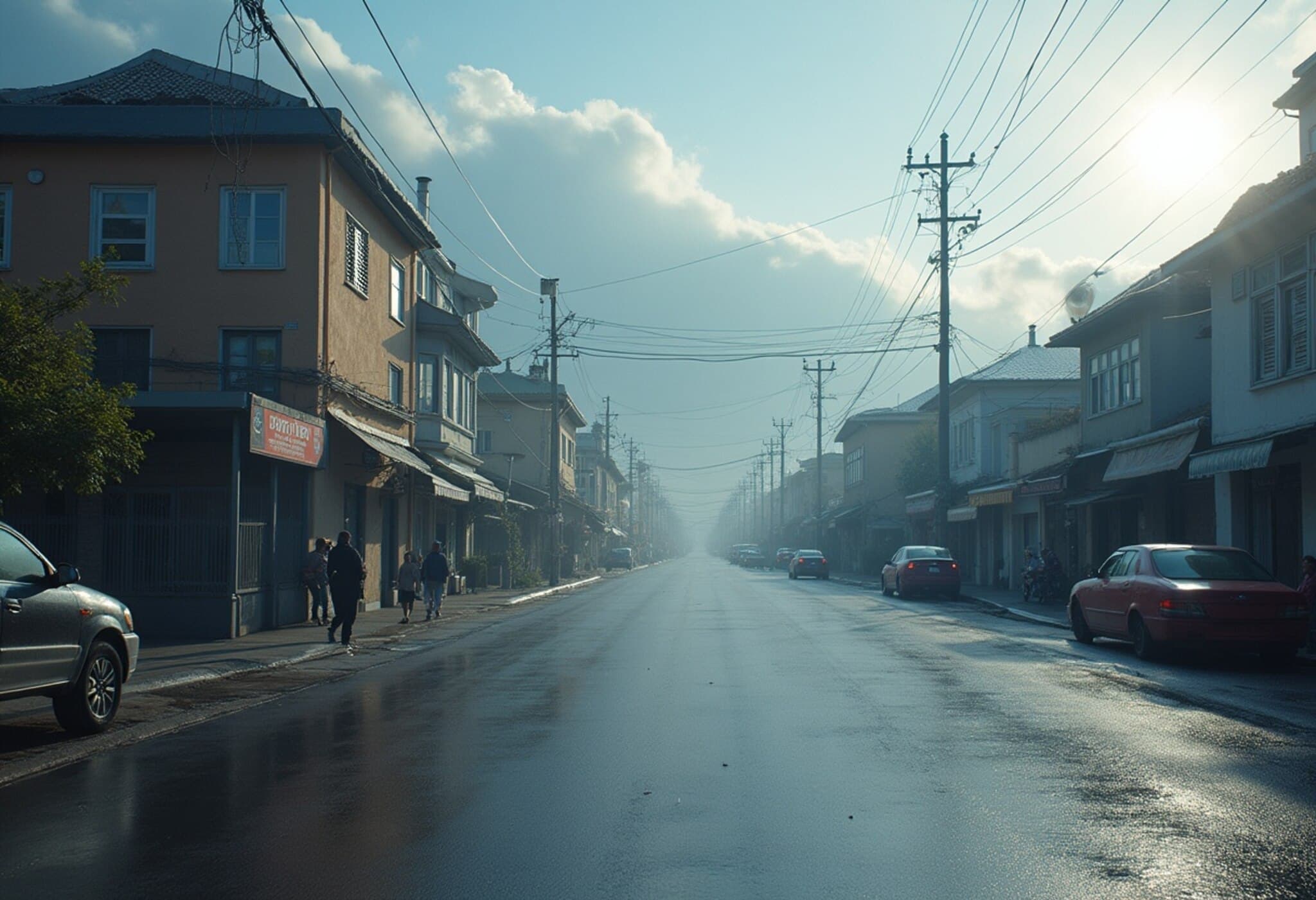Passenger Ferry Grounded in Hawaii Following Intense Wave Activity
On August 10, 2025, dramatic footage emerged showing a passenger ferry caught in turbulent seas near the Hawaiian Islands. Fierce waves and unpredictable ocean conditions forced the vessel to ground temporarily, creating heart-stopping moments for those onboard and observers alike.
What Happened?
The ferry was navigating coastal waters when unexpectedly strong waves, driven by shifting weather patterns, made safe passage impossible. The captain made the decision to temporarily halt the journey and anchor in a safer position, prioritizing passenger safety amid the perilous conditions.
Context: Hawaii’s Increasing Maritime Challenges
Hawaii's maritime routes are essential for both residents and tourists, facilitating island-to-island travel. However, the region’s oceanic environment is notoriously volatile, influenced by Pacific storms and seasonal changes that can swiftly transform calm seas into treacherous waters.
Experts from American maritime safety agencies emphasize the escalating need for robust weather prediction systems and enhanced ferry operational protocols:
- Climate Change Effects: Warmer ocean temperatures contribute to stronger storms and unusual wave patterns.
- Safety Regulations: Increasing regulations aim to better protect passengers and crew amid harsher conditions.
- Emergency Preparedness: Training for crew and awareness campaigns for passengers are crucial in managing unexpected maritime incidents.
Human Element & Passenger Experience
Passengers onboard described the moments as both frightening and surreal, highlighting the thin line between excitement and apprehension when confronting nature's raw power. One tourist shared, "We felt the boat sway dramatically; it was a stark reminder of how unpredictable the ocean can be." Such incidents underscore the emotional weight maritime workers carry daily, balancing operational demands with passenger safety.
Looking Ahead: Policy and Technology Implications
This incident reignites discussions about investing in advanced marine technologies—such as real-time wave monitoring and AI-driven navigation assistance—to enhance safety on Hawaii’s vital ferry routes. Additionally, lawmakers and transportation authorities are evaluating strategies to mitigate risks, including stricter weather-related operational guidelines and infrastructure resilience upgrades.
Underreported Perspectives: Indigenous and Local Voices
Local Hawaiian communities, who have long relied on sea routes for cultural, economic, and practical reasons, often express concerns about the sustainability and safety of current maritime practices. Amplifying their perspectives can lead to more culturally sensitive and environmentally sound policies.
Editor’s Note
While the ferry grounding incident in Hawaii serves as a vivid snapshot of the challenges facing maritime travel amid changing ocean conditions, it also raises broader questions: How can technology and policy evolve to safeguard lives without disrupting essential connectivity? Moreover, how can local voices shape the future of maritime safety in regions so deeply intertwined with the sea? Readers are invited to reflect on these questions as we continue to monitor developments and the response from authorities.

